
Horton Plains is a national park in the central highlands of Sri Lanka. As it is located at an elevation of 1,200–2,300 m, it is pretty much the only place in Sri Lanka where it is good to bring some warmer clothes, at least in the morning.
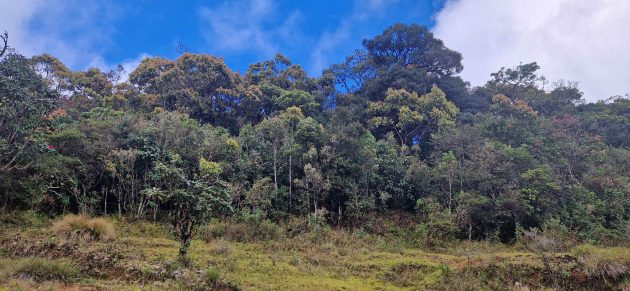

It is a good place for birds – Wikipedia claims that 21 of Sri Lanka’s endemic bird species can be found here, and three of them only here, though this may be a slight exaggeration, as I saw two of these three species also in nearby Nuwara Eliya.
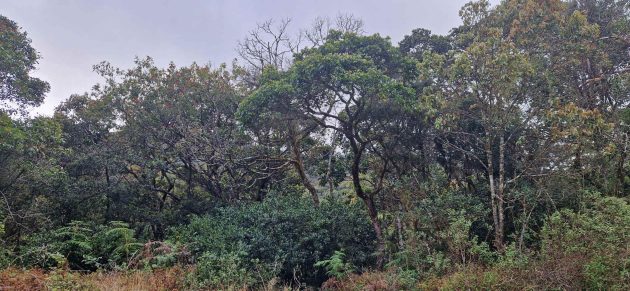
To me, the star bird – and the one I only saw here – is the Sri Lanka Whistling Thrush.

Its scientific name Myophonus blighi commemorates a Sri Lankan coffee planter, Samuel Bligh (1837-1913), though it is not clear what – if anything – he did for the bird or science.
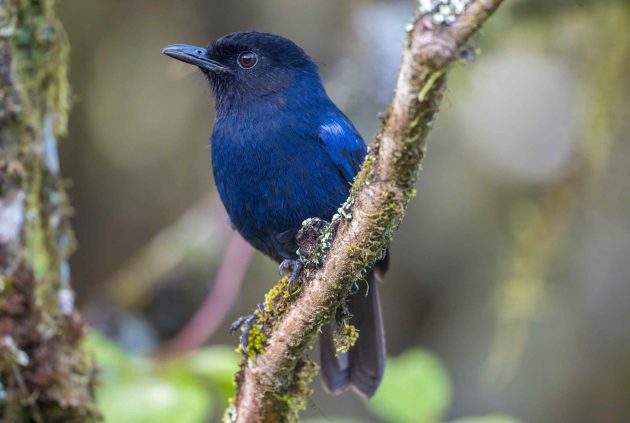
It is listed as Endangered, with a declining population consisting of 1000–2500 mature individuals (HBW).
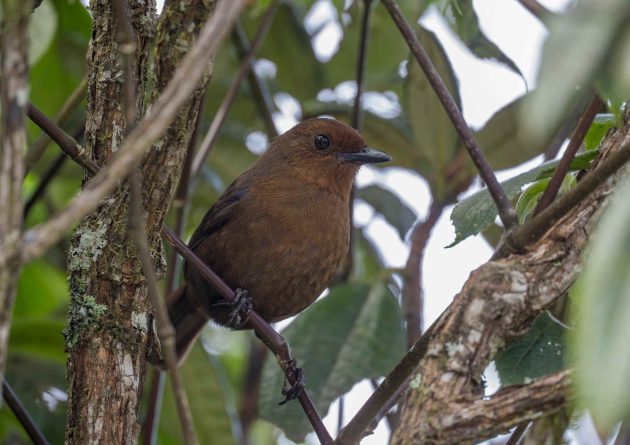
This status makes it rather shocking to see a paper titled “The endangered Sri Lanka Whistling Thrush Myophonus blighi eats an endangered lizard” – shouldn’t there be some sort of solidarity among endangered species?
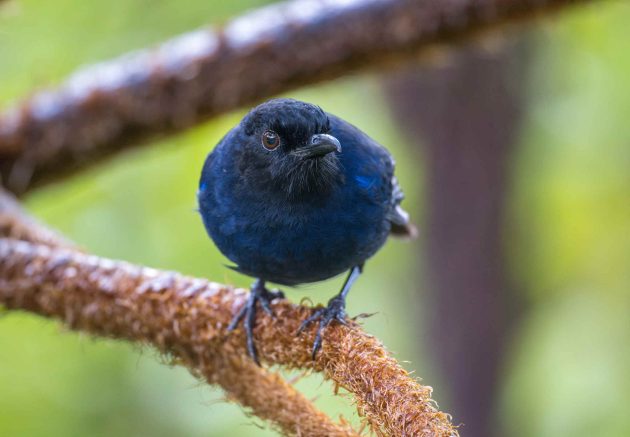
The second interesting blue bird of Horton Plains – also an endemic – is the Dull-blue Flycatcher.
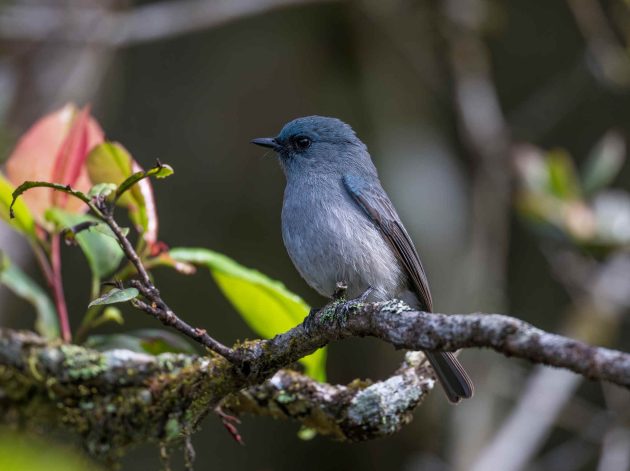
I think the common name undersells the species a bit – though not as much as the scientific name Eumyias sordidus (sordidus means shabby or dirty, or, well, sordid). The scientific name is a contradiction in itself, as the Eu in Eumyias indicates that it is a beautiful (Eu) flycatcher (myias).
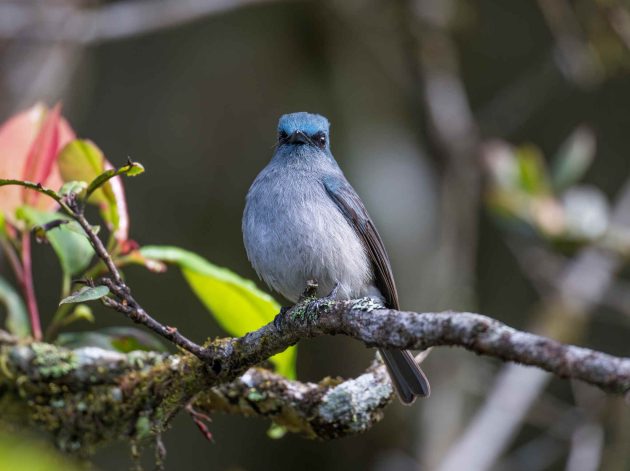
It is “only” listed as Near Threatened.
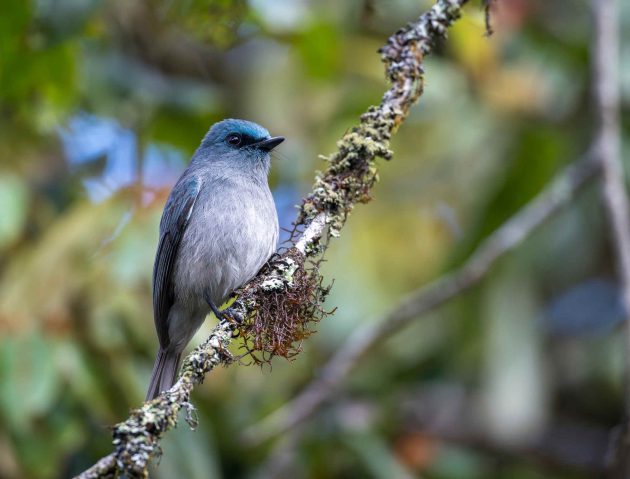
Fortunately, its nesting success seems to be high (91%), though some nests are being predated on by Jungle Crows, as they are named in the paper (source), though the ones at Horton Plains should probably be called Large-billed Crows now.

There seems to be some confusion about the bill color of a flowerpecker species that can be found at Horton Plains. The common name is Pale-billed Flowerpecker, which sounds reasonable …

… and probably more appropriate than “red-billed” (erythrorhynchos, as in the scientific name Dicaeum erythrorhynchos).

Maybe the scientists were desperately trying to give the species some characteristic feature – after all, eBird calls it a “tiny nondescript bird with a pale and bulky curved bill”.
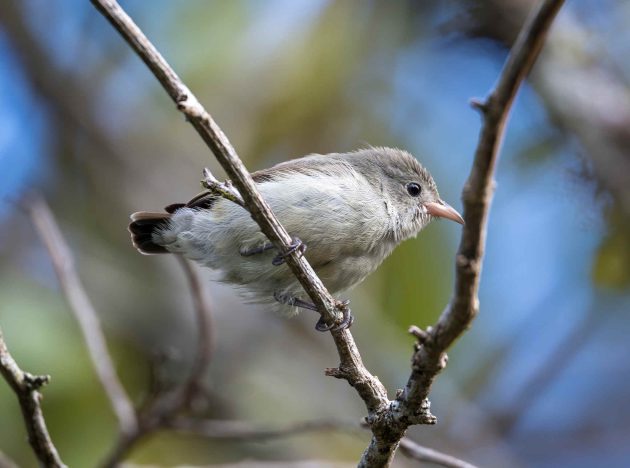
Horton Plains also has some species that are quite common elsewhere, sparing me the effort of finding anything interesting about them: Grey Wagtail …

… Ashy Prinia …

… Common Myna …

… Common Tailorbird …
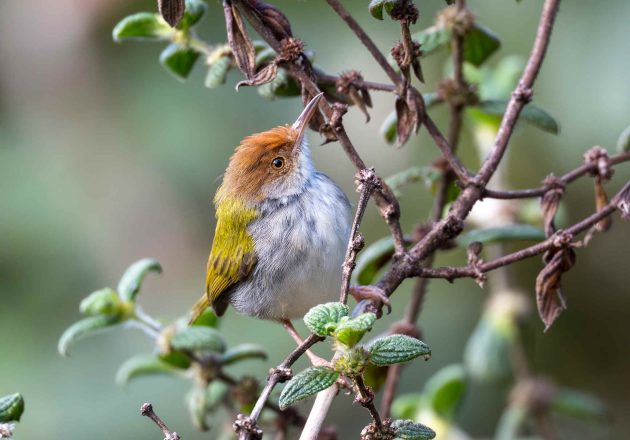
… Pied Bushchat …

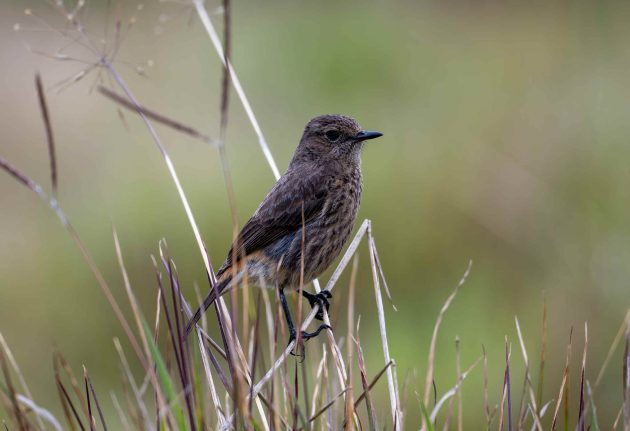
… Hill Swallow …
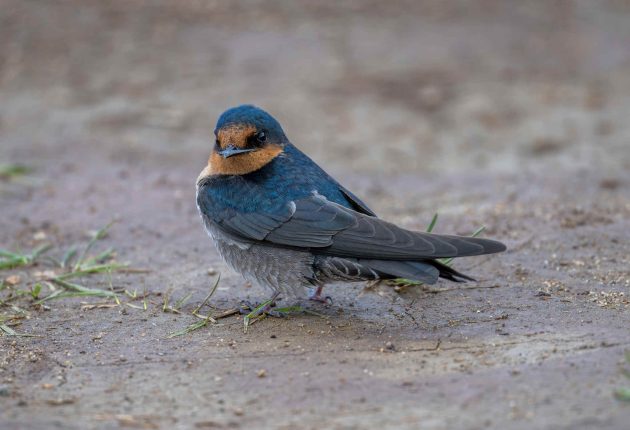
… and Orange Minivet (yellow version, i.e., a female).

eBird is not rude enough to call Blyth’s Reed Warbler a boring bird – instead, the phrase “Field identification challenging” is used.
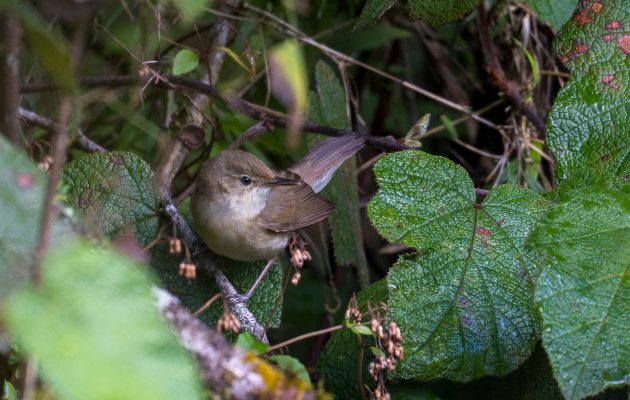
The HBW is a bit more direct: “Small unstreaked reed-warbler with drab, cold and comparatively uniform plumage”.
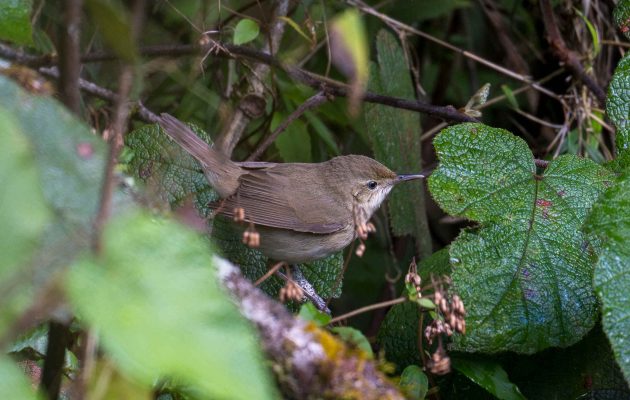
It only winters in Sri Lanka, returning to its breeding grounds mainly in Russia, but also Eastern Europe in summer.

Back to endemics of Horton Plains. The Sri Lanka Bush Warbler overdelivers in the looks department compared to the HBW description as a “dull plump warbler”. It is listed as Near Threatened.
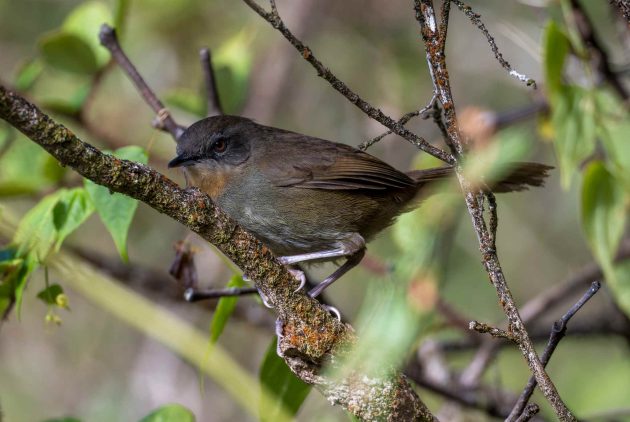
Its scientific name Elaphrornis palliseri is based on Maj. Edward Mathew Palliser (1828-1907) and his brother Frederick Hugh Palliser (1826-1883), both collectors in Sri Lanka. But not even ChatGPT knows more about them.

The species has what is called sex-specific iris dichromatism: females have ivory-cream irises while males have bright-red irises (source). Apart from that, the sexes look alike.
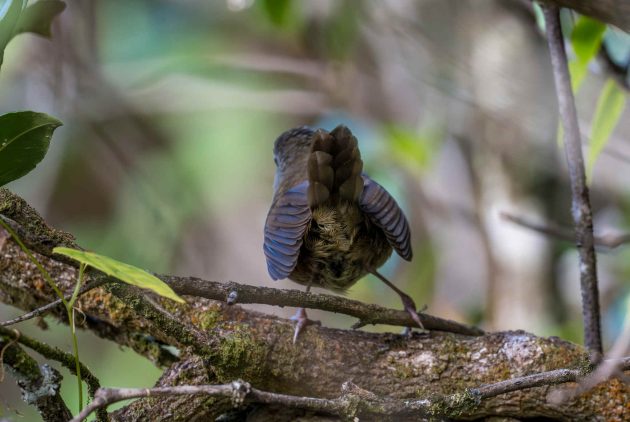
The Sri Lanka Wood Pigeon gets its scientific name Columba torringtoniae from a lady who very likely was familiar with both Pallisers mentioned above, as they all lived in Sri Lanka at the same time and most likely formed part of the same colonial upperclass: Mary Anne Byng Viscountess Torrington (1805-1885), the wife the Gov. of Ceylon from 1847-1850.

It is listed as vulnerable.
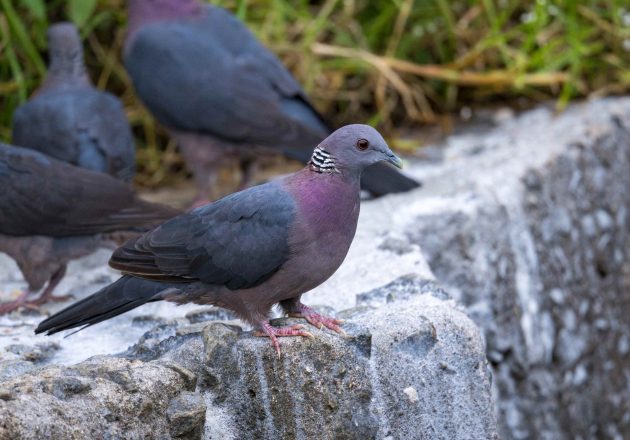
It reminds me a bit too much of our local Spotted Dove – possibly my least favorite of all bird species – to look for much information about it. There does not seem to be a lot of it anyway.

Finally, the Yellow-eared Bulbul is a much more attractive bird even though the HBW – in a roundabout way – implies that the species looks fat (“rotund”).
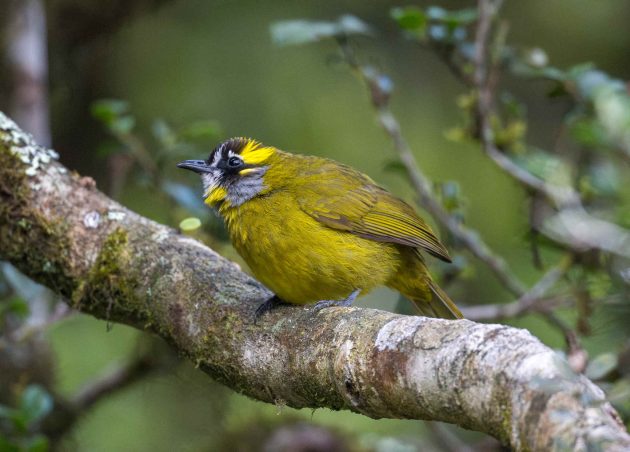
At Horton Plains, the species suffers from the large number of park visitors in two ways. Nest-building birds often leave their nests when visitors are too close. And an indirect effect comes from the garbage that visitors bring: the garbage attracts crows, which then predate on the nests of the bulbul (source).
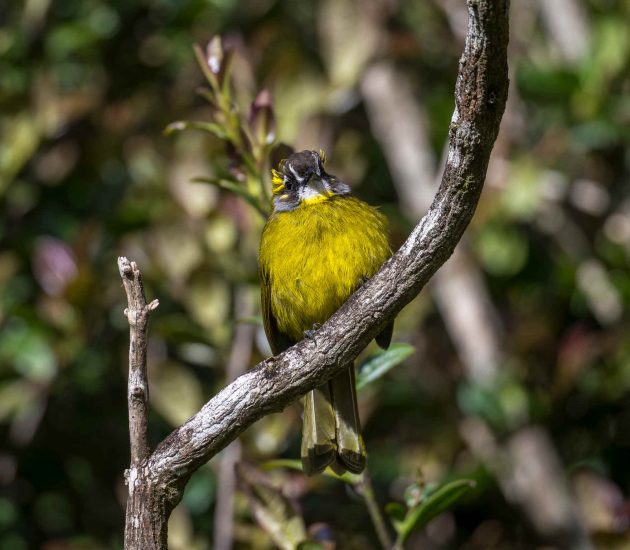
In the “Other” section sometimes shamefully hidden at the end of my posts, today we have a rather ugly monkey …

… but also a beautiful orchid.





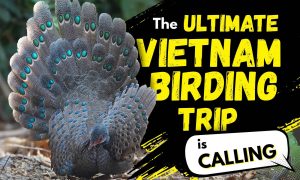

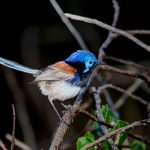
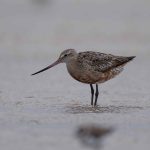
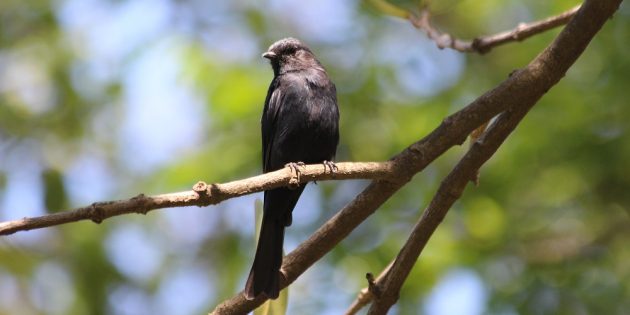



Endangered birds can eat endangered lizards, there’s a hierarchy. Beautiful pictures again of some pretty birds and monkeys. The orchid pics need more work, I think.